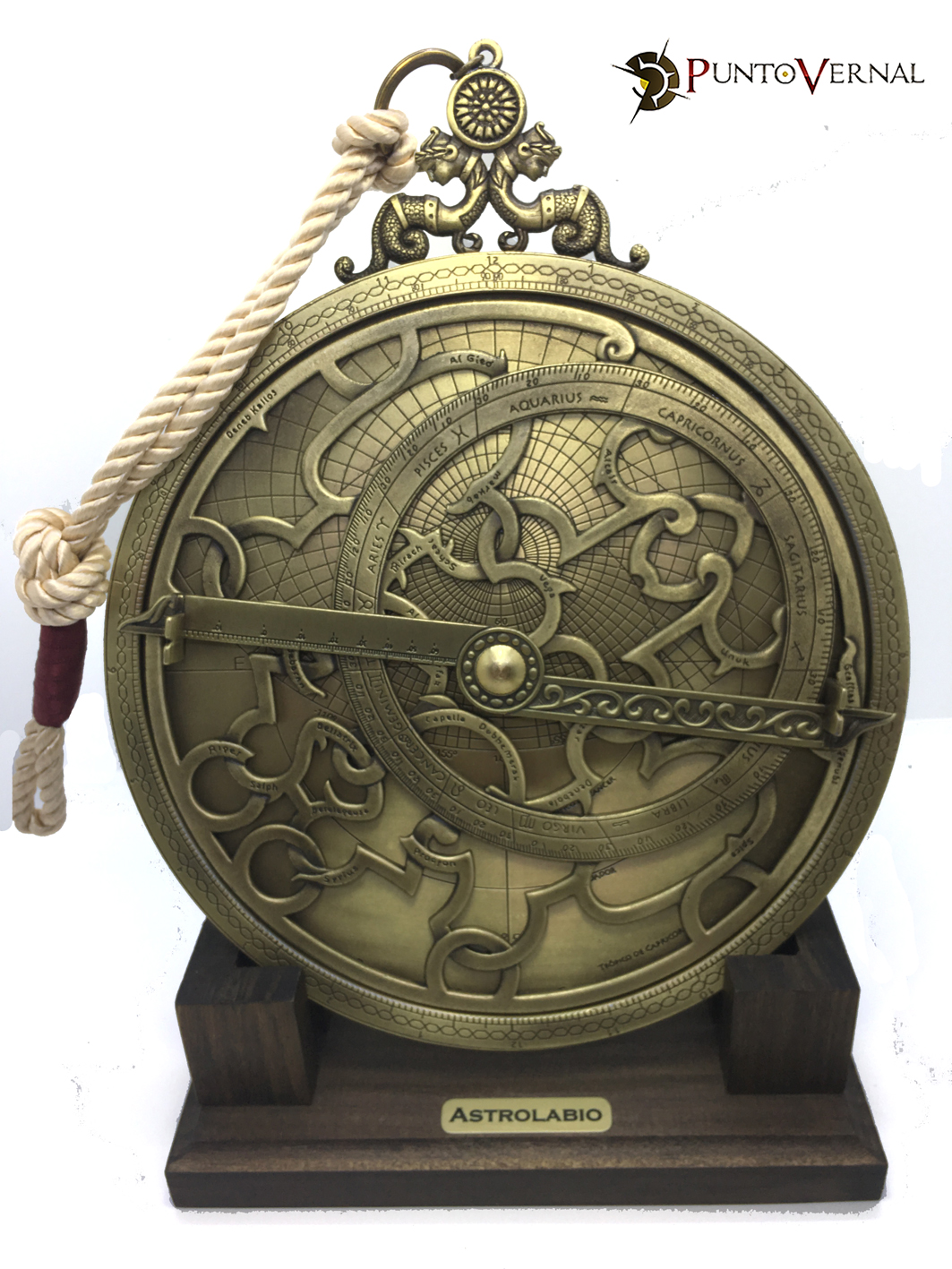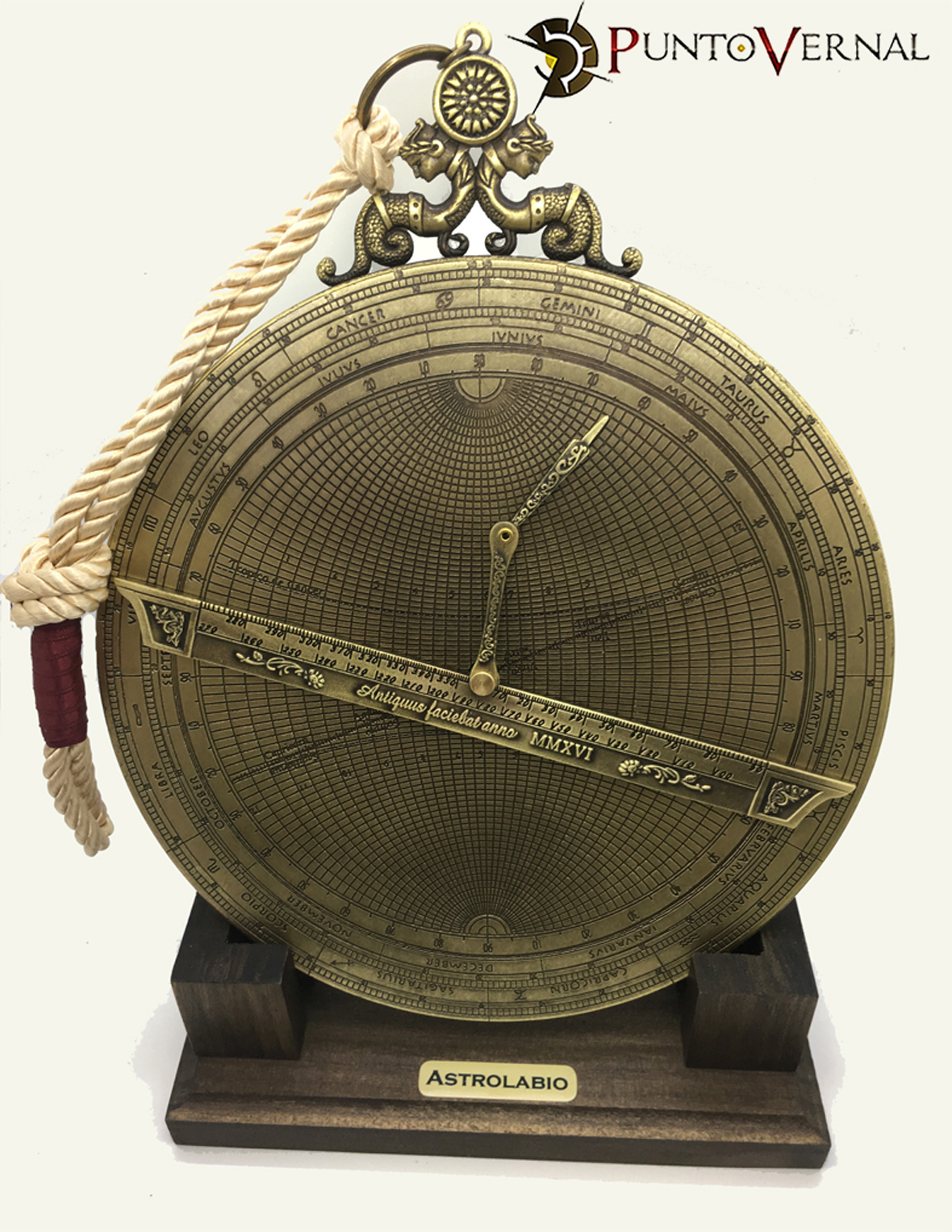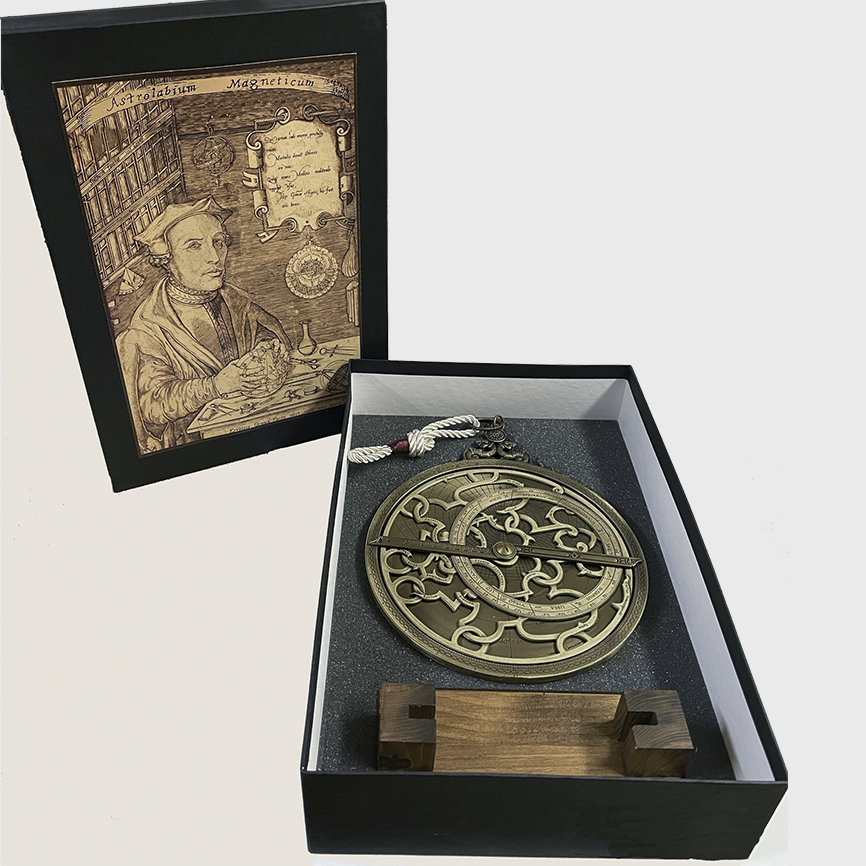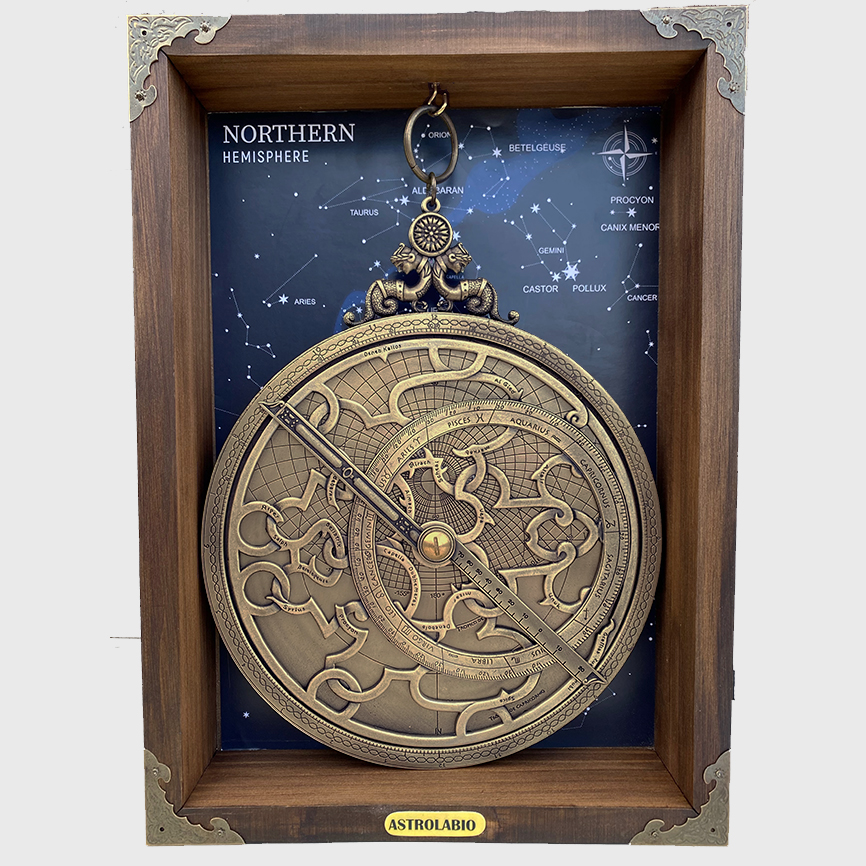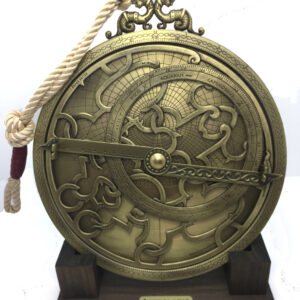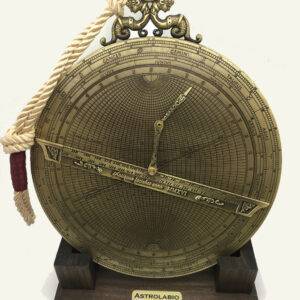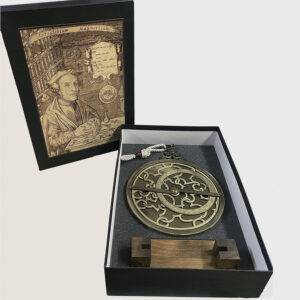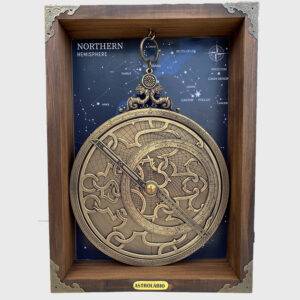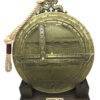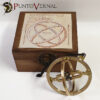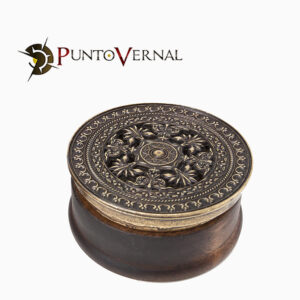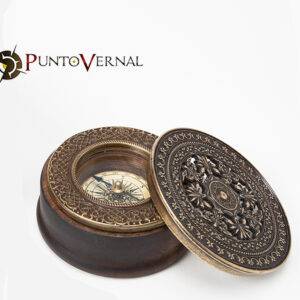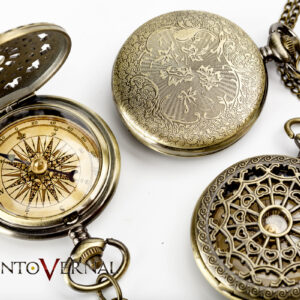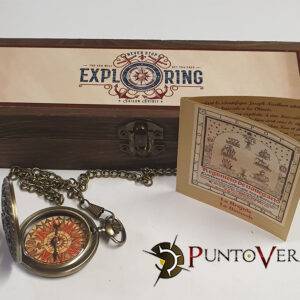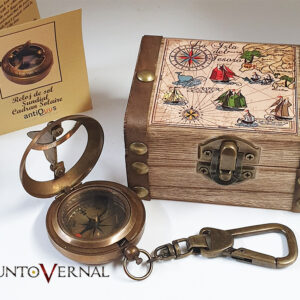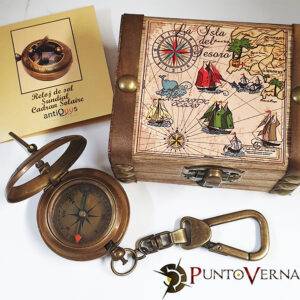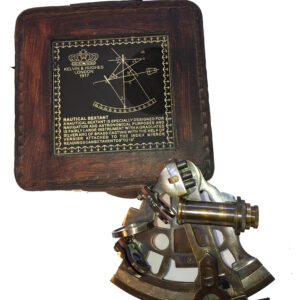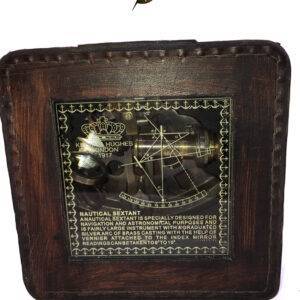UNIVERSAL ASTROLABE
The universal astrolabe of Gemma Frisius (1508-1555) was based on the Saphea Arzachelis and was presented in the city of Leuven (Belgium) in the mid-16th century and was already referred to in “the books of the knowledge of astronomy” of Alfonso X the Wise in the 13th century.
The astrolabe uses a variation of the traditional stereographic projection used in planispheric astrolabes to project the celestial sphere onto a plane.
CIRCLES
If we cut a sphere in the center, we obtain a great circle of the same diameter as the diameter of the sphere. For example, the equator is a great circle that cuts the sphere in the center and is perpendicular to the axis of the sphere. Another great circle in the meridian that passes through the poles and is called Coluro. However, the Tropic of Cancer and the Tropic of Capricorn are no longer great circles, but minor circles parallel to the great circle of the Equator.
LINES
Vernal point, or spring equinox point, is the fixed point on the celestial sphere where the sun crosses from the southern hemisphere to the northern hemisphere.
Summer solstice is 90º east of the vernal point and the autumn equinox is 180º. The collision that passes through the poles and the equinoxes is called the equinox collision and the one that passes through the solstices is called the solstice collision.
The dish is the stereographic projection of the celestial sphere at the collus of the solstice originating at an equinox, with the autumn equinox projected in the center. East is on the right and West is on the left.
– Equator called the equinox line is the horizontal line in the middle of the sphere.
-Polar arcs are the ones that join the circles of right ascension, terrestrial meridians.
-Equinoxes or a local meridian are represented by vertical diameter
-The diagonal line is the projection of the ecliptic, which passes through the equinoxes in both tropics, which represents the movement of the sun throughout a year, and is divided into 12 zodiacal signs. If we rotate the projection, the ecliptic line is the horizontal and the equinoctial line then represents that of the ecliptic, the arcs on it represent the arcs of celestial latitude and the polar arcs represent the celestial longitude.
The same thing happens if we make the projection to a point on the extension of the local horizon, the equinoctial line is then the horizon, the poles represent the zenith and nadir of the place and the polar arcs represent the altitude and azimuth angles.
TWO PRESENTATIONS
-With wooden base
-With wooden frame
Both presentations come in a beautiful box and include instructions with practical examples of use.
Measures:
Height: 250mm
Diameter: 200mm
Thickness: 8mm
VAT INCLUDED
https://www.boletinrsg.com/index.php/boletinrsg/article/view/81

